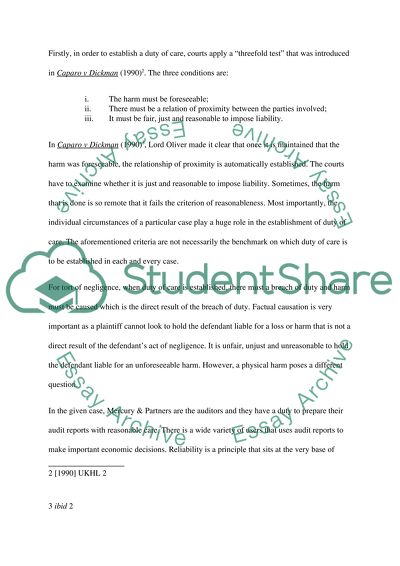Cite this document
(“Business law case assessment Assignment Example | Topics and Well Written Essays - 2250 words”, n.d.)
Business law case assessment Assignment Example | Topics and Well Written Essays - 2250 words. Retrieved from https://studentshare.org/law/1459467-business-law-case-assessment
Business law case assessment Assignment Example | Topics and Well Written Essays - 2250 words. Retrieved from https://studentshare.org/law/1459467-business-law-case-assessment
(Business Law Case Assessment Assignment Example | Topics and Well Written Essays - 2250 Words)
Business Law Case Assessment Assignment Example | Topics and Well Written Essays - 2250 Words. https://studentshare.org/law/1459467-business-law-case-assessment.
Business Law Case Assessment Assignment Example | Topics and Well Written Essays - 2250 Words. https://studentshare.org/law/1459467-business-law-case-assessment.
“Business Law Case Assessment Assignment Example | Topics and Well Written Essays - 2250 Words”, n.d. https://studentshare.org/law/1459467-business-law-case-assessment.


